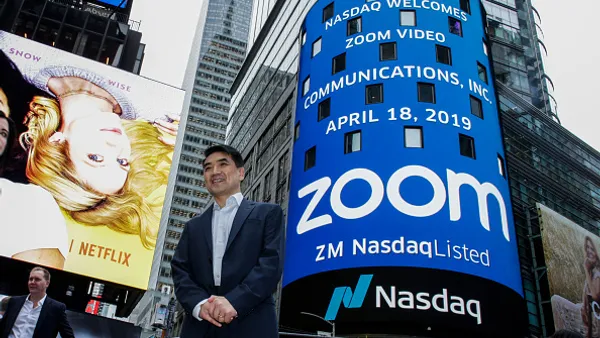Dive Brief:
- Despite huge investments in diversity initiatives, blacks and Latinos make up just 5.3% of the workforce at the average technology company today, according to The Business Journals, citing a new report from OpenMIC.
- When it comes minority representation in senior leadership positions, an estimated 83.3% of tech executives are white. At Apple, only five out of 107 executives identified themselves as non-white. Asians maintain a large presence in technology companies relative to the overall workforce, but still remain underrepresented in leadership positions, according to the report.
- Tech companies have reportedly spent nearly $1.2 billion on diversity-focused recruiting programs over the last five years.
Dive Insight:
After releasing statistics showing a general lack of diversity among their workers, several tech companies, including Microsoft, Intel and HP, vowed to double their efforts at promoting more diverse workplaces. But after multiple years, it appears not much has improved.
The tech industry remains far behind the overall U.S. workforce when it comes to diversity. For example, the percentage of blacks and Latinos is about 16 to 18 percentage points behind their representation in the overall U.S. workforce, according to OpenMIC.
Only Apple and Amazon break double digits when it comes to the percentages of black and Latino workers. Last August, Apple reported it was making headway with its gender and ethnic diversity efforts. The company said it is ahead of Google and Facebook in hiring minorities.
Apple's overall U.S. workforce as of last June was 19% Asian, 12% Hispanic and 9% black. But Apple and Amazon include warehouse and retail staff into overall employment diversity numbers, so it's unlikely those higher percentages correlate to jobs in engineering or programming.
Many believe that diverse teams are more successful, and that diversity and inclusion efforts are critical to solving the current IT labor shortage. A McKinsey Global Institute report recently estimated that $12 trillion could be added to global GDP by 2025 just by eliminating gender bias.













